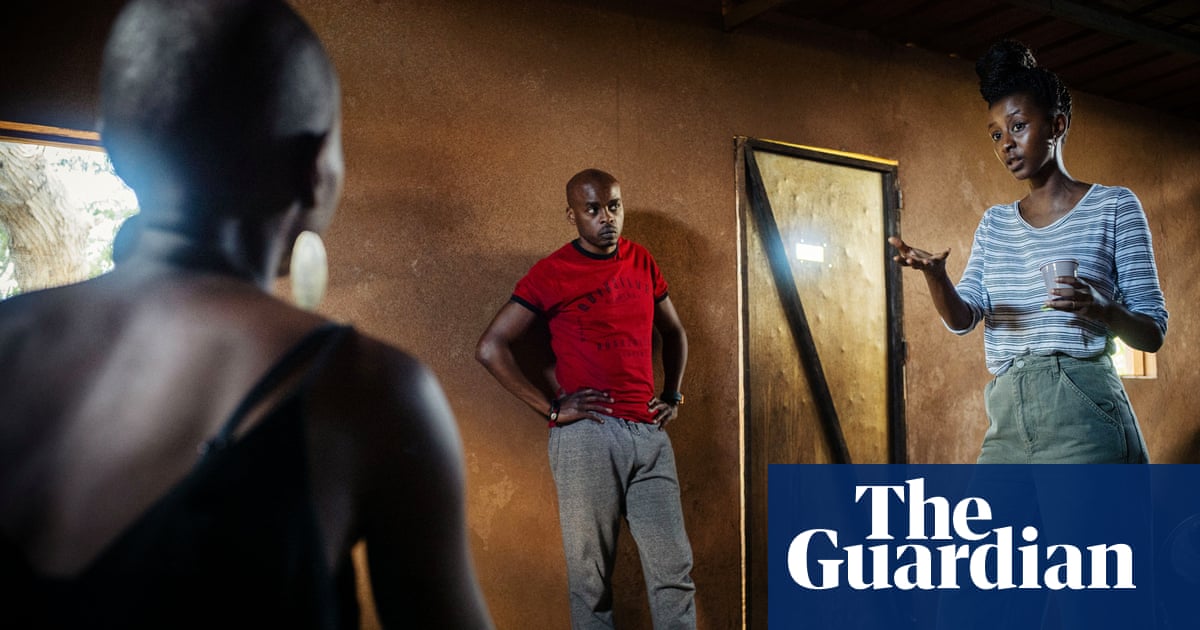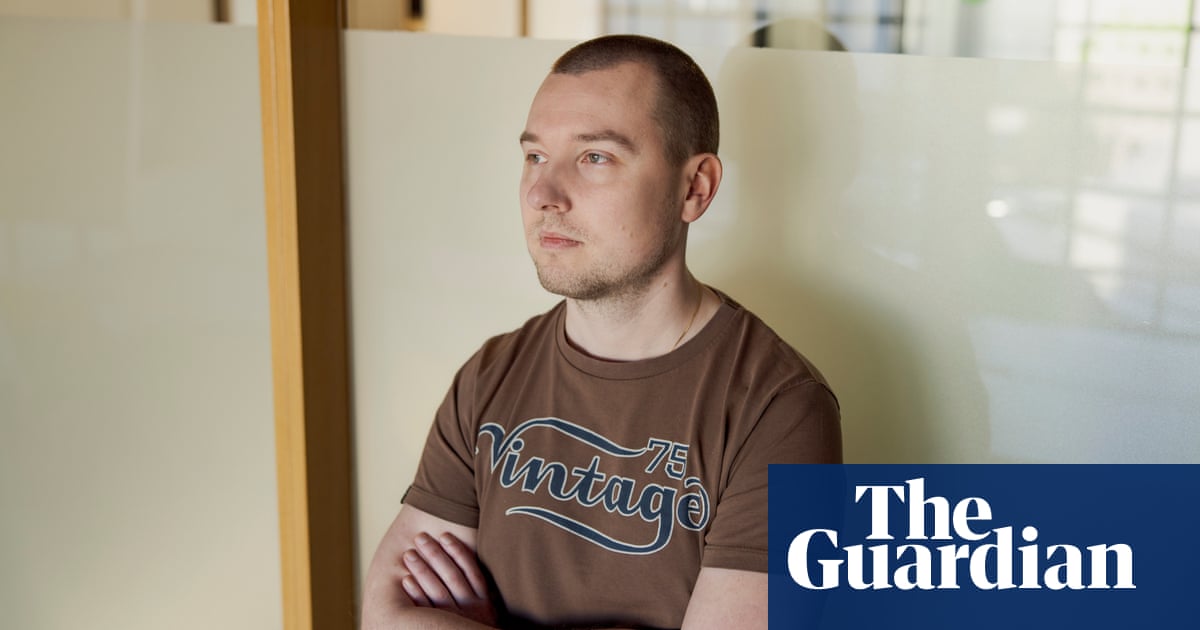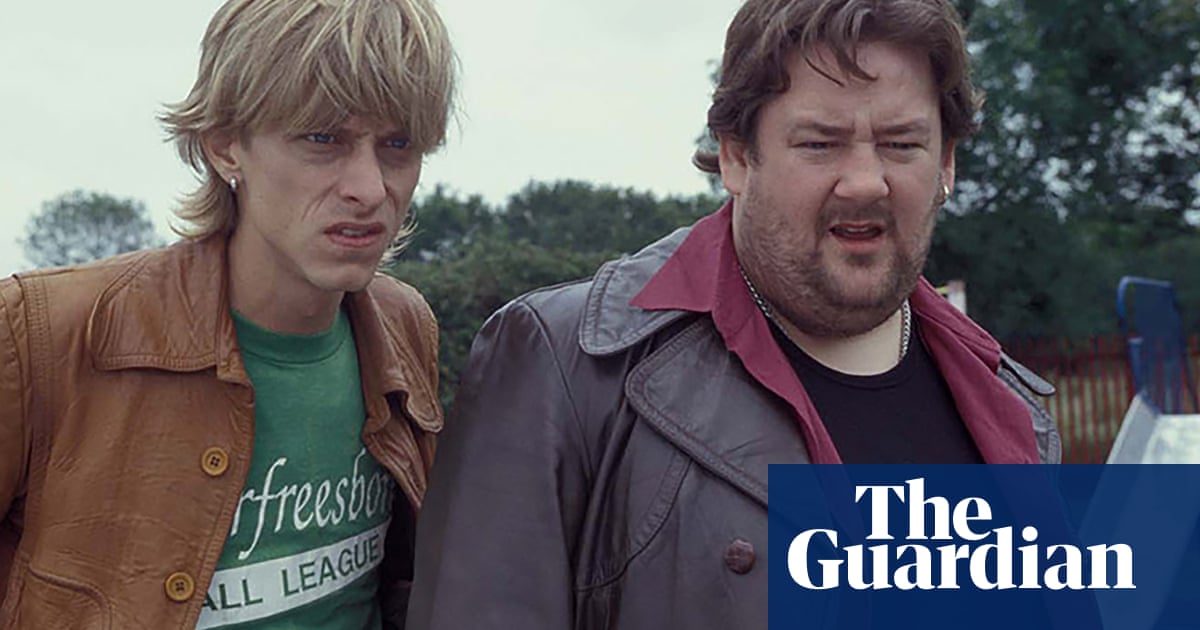
As Jo Ingabire Moys lay wounded on the floor, surrounded by the bodies of her family, her 14-year-old neighbour, Arifa, came in to the house in Kigali to see if anyone was alive.
Moments earlier, Ingabire Moys’s father had prayed before the bullets sprayed their home. He was killed, with two of his children and a cousin; Ingabire Moys, two other siblings and her mother survived.
“Our family name was on the list and they lined everybody up and shot us with the purpose of extermination,” says Ingabire Moys. “We didn’t think anyone would survive.”
It was 1994, and the Rwandan genocide had just begun. Ingabire Moys’s family were among hundreds of thousands of people targeted because they were Tutsis.
Arifa, a Hutu, was the only neighbour to check on the family. She brought them supplies until they could escape from the city and helped bury their dead.
“We were the only Tutsi family on the street. No one came to see what happened or to help, except her,” says Ingabire Moys. “She saved our lives.”
Almost 30 years later, Ingabire Moys’s experience, and all that followed, led her to make Bazigaga, a film about the Rwandan genocide, which has been nominated for a British Academy of Film and Television Arts award (Bafta). The winners will be announced on 19 February.
The story follows a Tutsi pastor and his young daughter, who take shelter in the hut of a feared Hutu shaman, Bazigaga, and is inspired by the true story of Zura Karuhimbi, a Hutu woman believed to possess supernatural powers, who saved more than 100 people during the genocide.
The film is also a tribute to Rwandan women and those who helped Ingabire Moys, now 33, during some of the darkest moments in her life.
“I was fascinated by the role of women in the genocide,” she says. “Often you hear stories of women being victims, which they were, but I was interested in the other side. I felt like that’s the story I could tell.
“I thought this was a great opportunity to pay homage to the Rwandan women who saved many lives, including my own.”
Ingabire Moys heard the story of Karuhimbi when she visited the Rwandan genocide memorial aged 25. She had been living in the UK since she was 14 and wanted to reconnect with her family history. “Zura’s story is unbelievable; it has so many layers to it. She was a woman who rescued hundreds of people on her own and the way she did it was using people’s superstitions against them.
“[Her story] raised questions that I wanted to explore about Rwandan society. Why were people scared of someone like her, playing on their preconceptions of dark magic, but they weren’t afraid to kill people in churches?”
The film looks at the dynamic between the pastor and shaman, which Ingabire Moys says is “an allegory of the Hutu-Tutsi conflict”.
“On paper, these are people who are as different as they could be, but once they’re stuck together you realise they’re similar in many ways. The only thing that pulls them apart are false belief systems about each other.”
The radio is a constant presence in the film, spewing out hate speech against the Tutsis. “To me, that’s preaching,” says Ingabire Moys. “It was very religious.
“That’s something I wanted to explore: to see what goes into creating a belief system, especially one that culminates in such violence.”
The film was made in 2020. during the pandemic, on Réunion, an island in the Indian Ocean. Rwanda was not a viable option, says Ingabire Moys, because there were too many restrictions, and the film industry there is still developing. The dialogue is in Kinyarwanda, one of Rwanda’s main languages, and the cast are from the diaspora.
After the shooting of Ingabire Moys’s family, her uncle, who worked for a high-ranking government official, arranged for the survivors to get out of Kigali. “We were taken to the countryside by this man who was in the same force that killed us,” she says. “I don’t know why he did it. Maybe out of guilt, though my mum paid him a lot of money. It’s one of life’s miracles.” Her mother had decided the remaining family needed to split up and had sent two other children away to soldiers from the Rwandan Patriotic Front (RPF), the forces who ended the genocide.
For the next few months, Ingabire Moys and her mother stayed with an aunt who lived close to Karuhimbi. Whenever anyone turned up to search the house, Ingabire Moys and her mother would hide in a hole in the ground outside.
They were eventually rescued by RPF soldiers, and reunited with Ingabire Moys’s brother and sister in Kigali.
But eventually Ingabire Moys’s mother moved to Uganda and then to the UK, where Ingabire Moys joined her. At school in west London she was at first thinking of studying medicine.
“The thing I truly loved was cinema,” she says. “I remember a life-defining moment when I watched The Pianist, about the life of a Holocaust survivor and how he survived through art. That film had such an impression on me.
“I felt that if I could try art, my life could be changed. It was a feeling I had – using art to express one’s true self despite the trauma – and it’s one I’ve been chasing. Making this film is part of that expression, I think.”
Ingabire Moys studied film at university and has worked in the industry ever since.
She is “genuinely moved” that her short film has been nominated for a Bafta. She says: “It’s a different narrative and a different perception of Rwanda. I hope it sparks conversation about Rwandan women, spirituality, Christianity.
“But also I am pleased that I can have this offering to contribute to British cinema, because as an immigrant, that’s a huge deal.”












